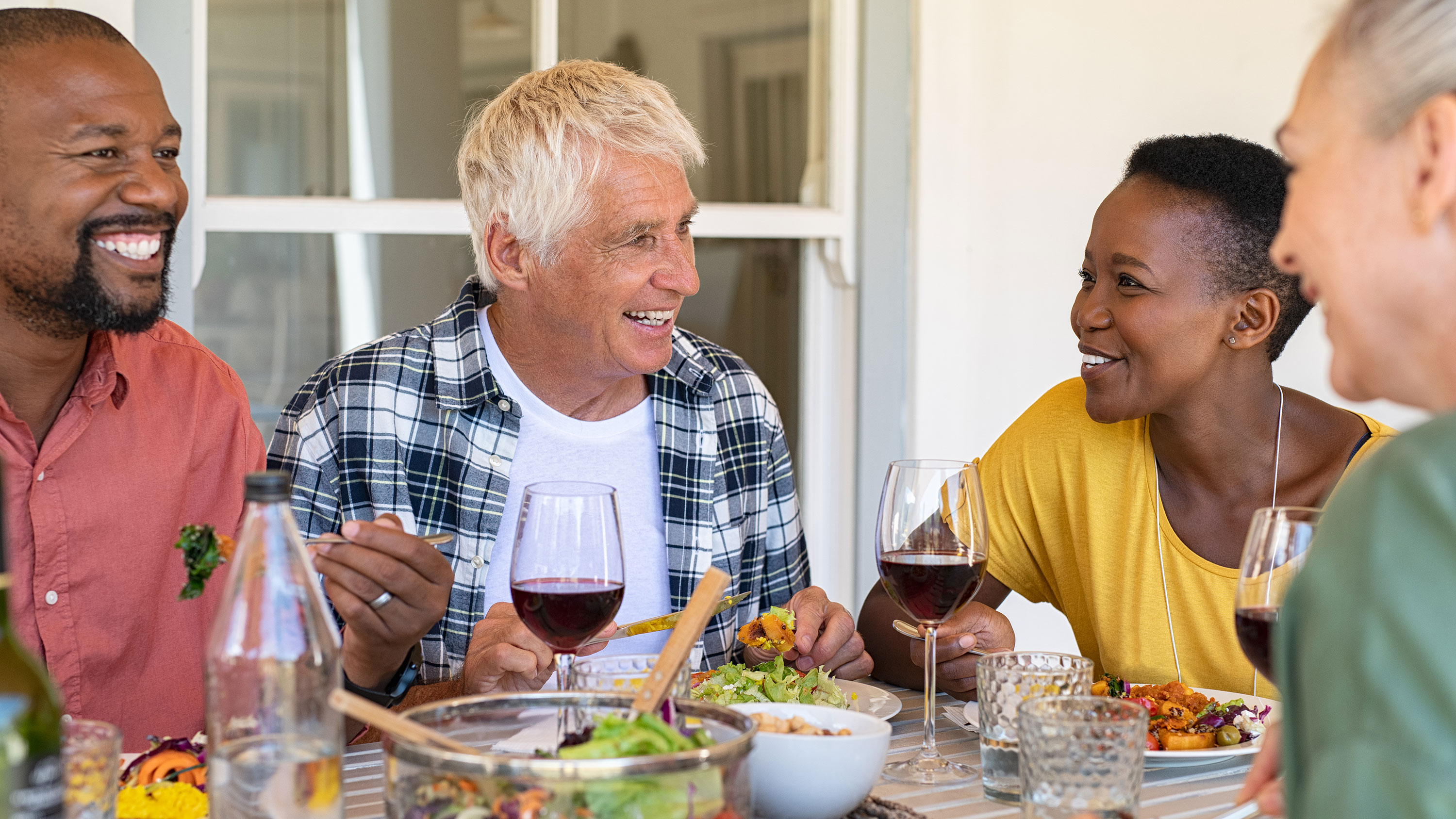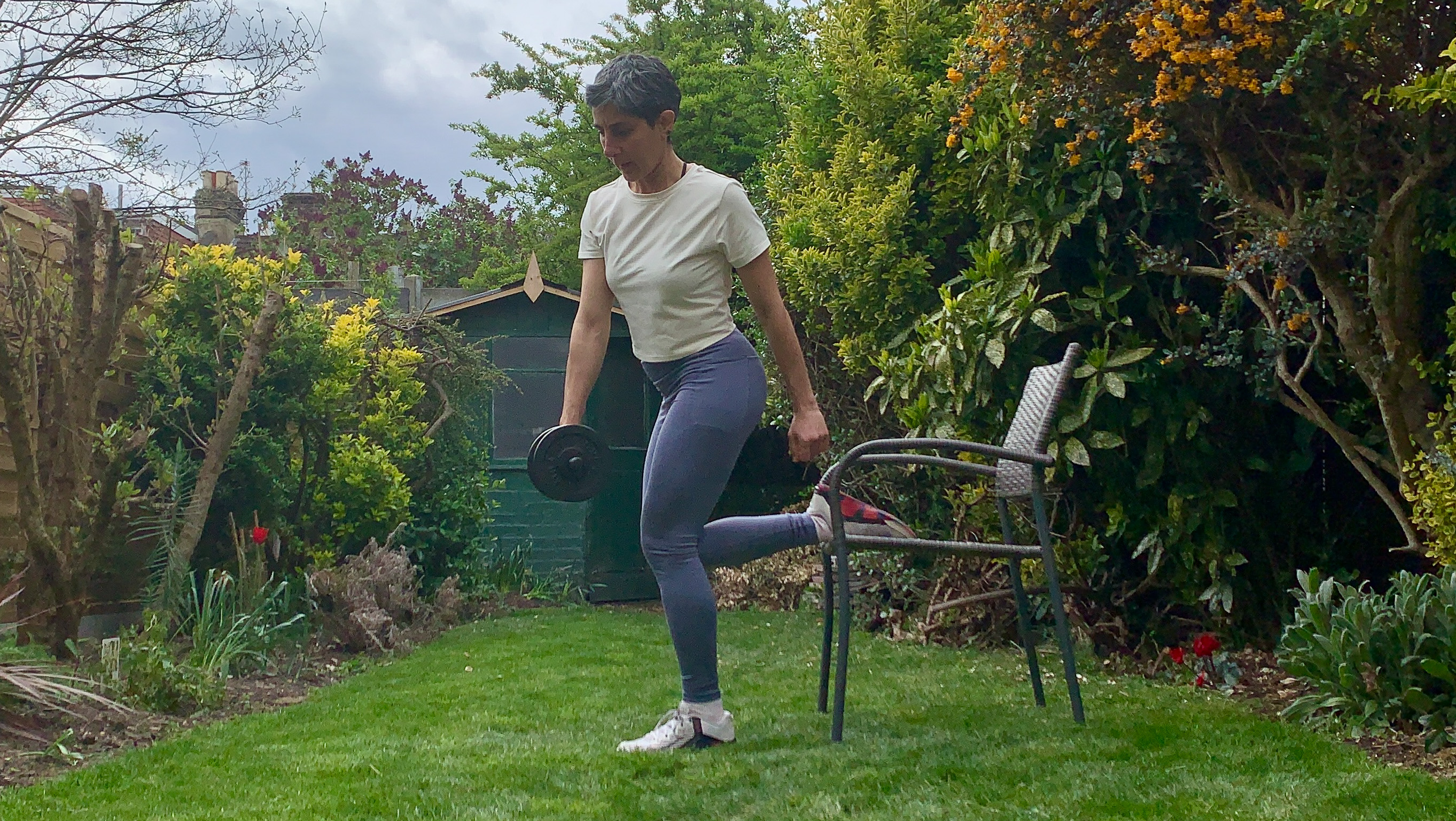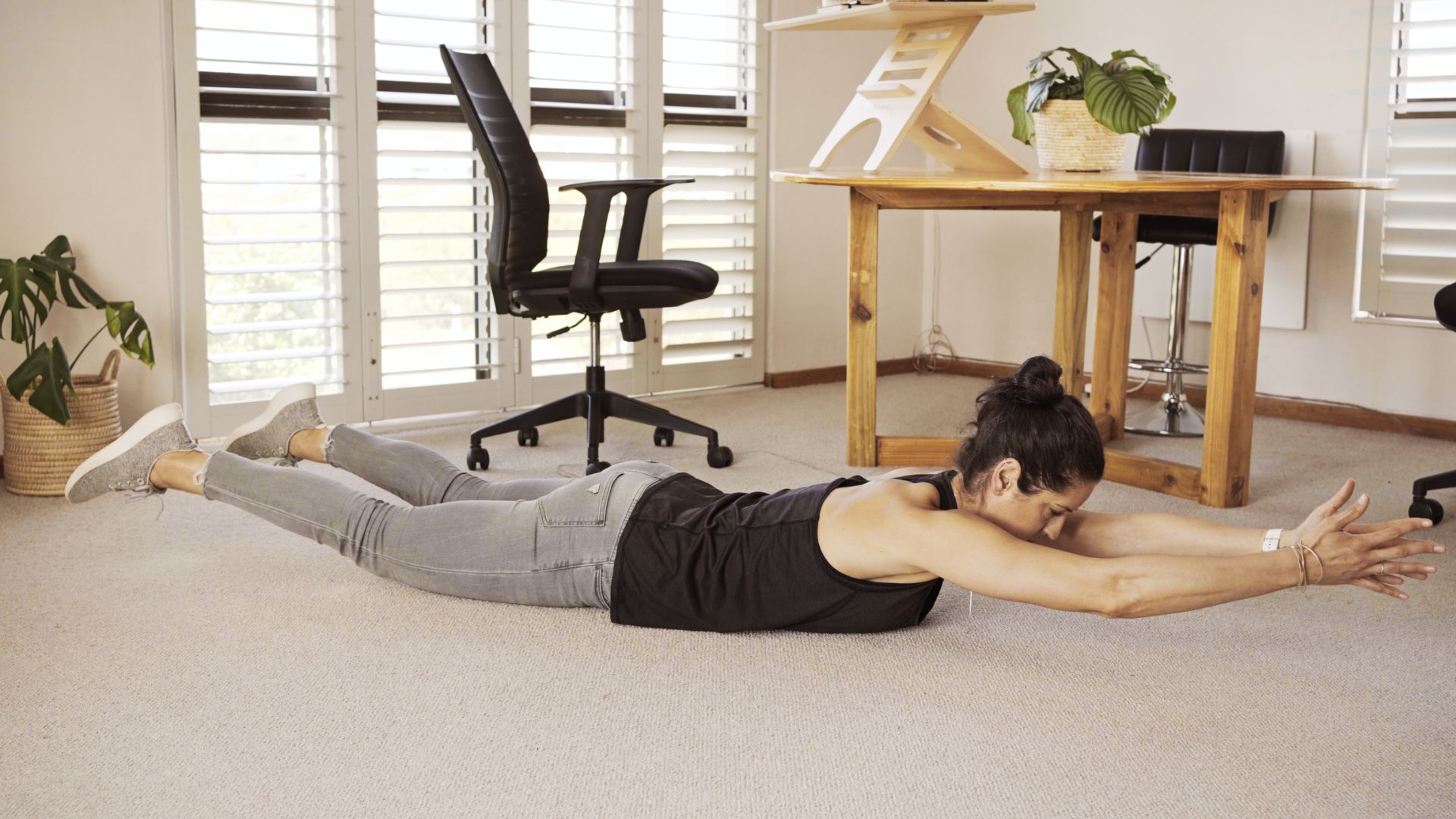Foods to avoid with osteoarthritis - plus what to eat more of
Is your diet exacerbating your pain? Discover which foods to avoid with osteoarthritis - and what to up your intake of


Did you know that there are certain foods to avoid with osteoarthritis? If you're struggling with the pain that comes with the condition, it can be helpful to understand the role your diet can play.
However, 'one man’s meat is another man’s poison' - or so the saying goes. So while cutting out certain foods for osteoarthritis could make all the difference for some, it may not have any effect for others.
Broadly speaking, it’s a good idea to try to avoid a very acidic diet. Acidity in the body is not good for us and is said to encourage inflammation (as in osteoarthritis) and other illnesses. It’s certainly worth trying to cut down on acidic foods for anyone who’s already got swollen joints caused by osteoarthritis.
- Best supplements for joints: Fight pain, swelling and inflammation now
- Specifically looking for omega-3s? Consider the best fish oil supplements
- Healthy joints: 15 ways to stay pain-free and mobile
The difficult thing about this is that a lot of what we eat is high in acidity, so it’s important to try to eat more of the foods that are alkaline, which are mainly fruit and vegetables. Acidic foods include most meats, cheeses, fish, rice, wheat and oats.
Let's take a closer look at what foods that can contribute to the pain of OA.
Foods to avoid with osteoarthritis: what not to eat
Cutting down on the following foods - or even eliminating them from your diet - can be beneficial if you suffer from osteoarthritis:
- Foods in the nightshade family - including tomatoes, potatoes, peppers and aubergines
- Meat - this is acid forming
- Wine - this is also acidic. Try to work out if white or red affects you, or if sparkling wine is better
- Caffeinated drinks – check out if tea, coffee, or fizzy drinks are aggravating joints and try drinking more water, the go-to healthy drink
- Citrus – although we all think lemons are acidic, they do turn alkaline in the body. If you eat a lot of citrus fruit, however, it can be a factor in aggravating joints.
It comes as a surprise to many that tomatoes, potatoes, peppers and aubergines are in the ‘nightshade family’ and often cause a problem for those with osteoarthritis.
Get the Fit&Well Newsletter
Start your week with achievable workout ideas, health tips and wellbeing advice in your inbox.
Alison Cullen, nutritional practitioner and Education Manager for A.Vogel, explains that these vegetables all contain solanine, which is an alkaloid. ‘Some people are sensitive to solanine and therefore experience adverse effects from eating nightshades; these may include increased inflammation, which in turn will exacerbate pain.’
This fact is usually met with dismay by many with osteoarthritis who are particularly attached to eating potatoes and tomatoes. For anyone that loves them and eats them daily, it’s worth having a trial phase of cutting them out to see if the joints become less swollen or painful.
If these foods are part of your daily diet, why not stop eating them for a month and see if it helps? If you feel better it is a good idea to introduce them again, one by one to see which of them brings back symptoms.
Best foods for osteoarthritis: the Mediterranean Diet
Following the Mediterranean Diet can be beneficial for those suffering with osteoarthritis. This diet can be characterized by an abundance of:
- Fruit and vegetables
- Pulses, such as lentils, beans and chickpeas
- Olive oil
- Oily fish, such as mackerel, salmon, tuna and herring
- Nuts
Not all components of the Mediterranean Diet are alkaline, but most fruit and vegetables are.
Olive oil is high in antioxidants and is claimed to have an anti-inflammatory effect on the body due to the oleic acid, a mono-unsaturated fat. Try it drizzled on salads.
Meanwhile, oily fish is a great omega-3 food, full of essential fats that help to keep the joints lubricated.
These foods are also high in vitamins and antioxidants, which fight free radicals that attack the body.
The Mediterranean Diet also has general health benefits (Spain has been predicted to have the highest life expectancy in the world by 2040 - some 87.4 years - due to its Mediterranean Diet) and helps to keep weight lower. There is far less sugar than in a typical Western diet, so it is less fattening. This is helpful as another major factor with OA is being overweight, which puts too much pressure on the knee and hip joints.

A diet high in oily fish like the Mediterranean Diet can be beneficial for osteoarthritis suffers
Best foods for osteoarthritis: cider vinegar
Cider vinegar is cheap and incredibly effective. It may be very acidic to taste, but it actually turns alkaline in the body. What’s more it has a tried and tested reputation for easing aches and pains in the joints, specifically with osteoarthritis. One dessertspoonful in a full glass of warm or cold water (with honey to sweeten if you prefer) every morning can really help to ease inflamed joints. At first most people think it tastes awful, but it’s not so hard to get used to it. And it works!
Foods to avoid with osteoarthritis: final thoughts
There is no hard and fast rule, but some foods and drinks appear to affect people who have osteoarthritis more than others, making their joints swell up and/or become painful.
It’s always worth remembering that everyone is individual and what affects one person is not necessarily a problem for another. On a particularly bad day, think about what you ate the night before and you will become more aware of what helps and what doesn’t.
Frances Ive is the author of One Step Ahead of Osteoarthritis
Frances Ive is a health journalist who has been published in titles including The Times, The Guardian, Good Housekeeping, Healthy and Natural Health. She is also the author of One Step Ahead of Osteoarthritis, which addresses the need to stay mobile and active as you get older to avoid and manage osteoarthritis, but also to enjoy a good quality of life in the future.
-
 I swapped my usual core routine for this dumbbell workout—here’s why you should try it too
I swapped my usual core routine for this dumbbell workout—here’s why you should try it tooPick up some dumbbells and try my favorite deep core exercises
By Yanar Alkayat
-
 You don't need any equipment to improve your posture—just these three back-strengthening moves
You don't need any equipment to improve your posture—just these three back-strengthening movesThese three exercises will strengthen key back muscles
By Jennifer Rizzuto